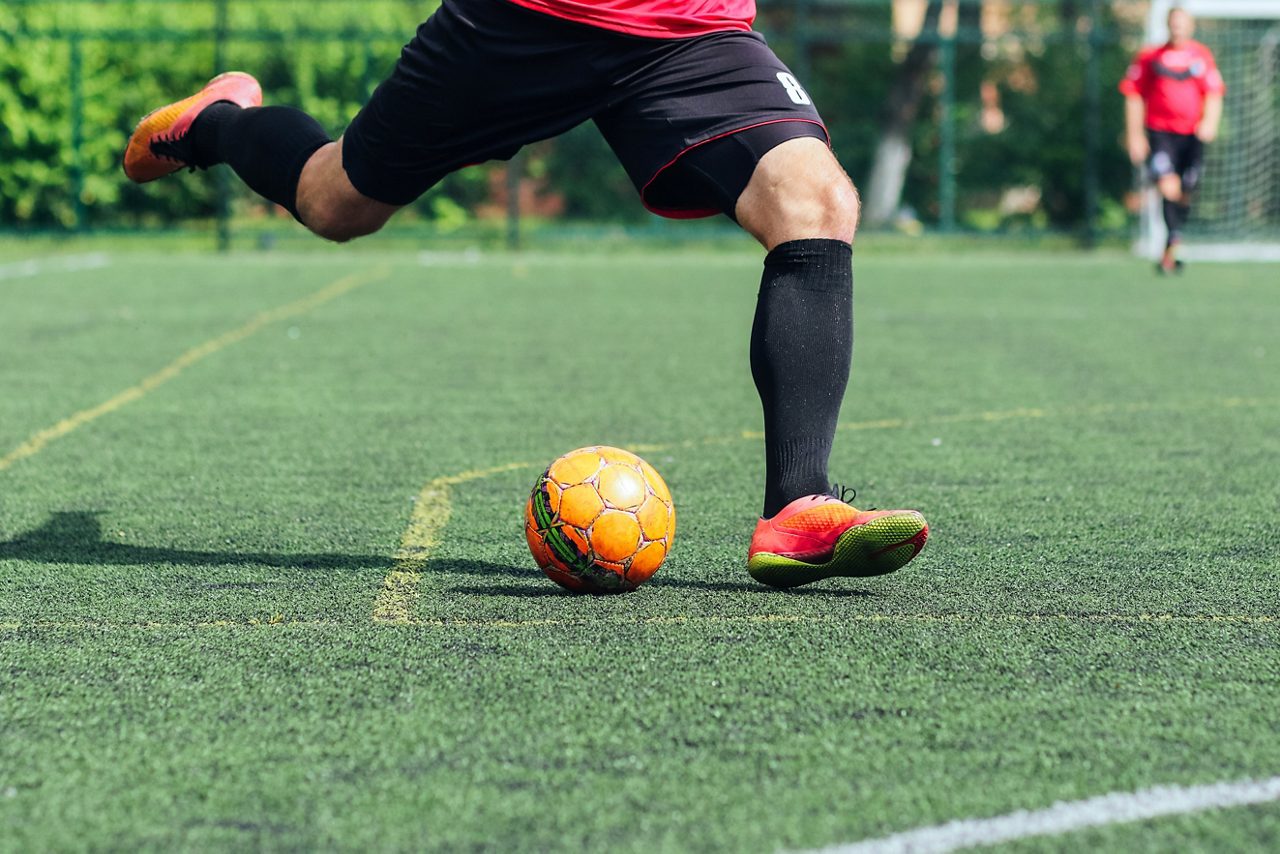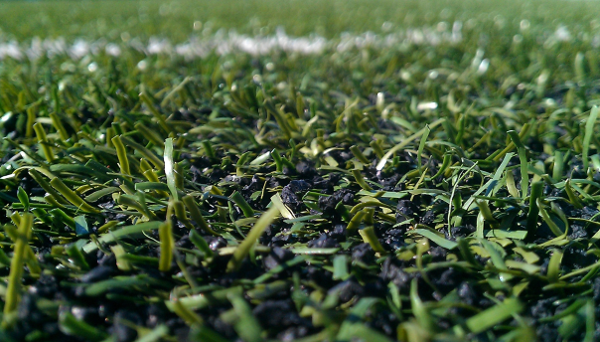Budget-Friendly Turf Installation Phoenix AZ for a Low-Maintenance Lawn Solution
Budget-Friendly Turf Installation Phoenix AZ for a Low-Maintenance Lawn Solution
Blog Article
Delve Into the Environmental Benefits of Opting for Artificial Turf Solutions
The fostering of synthetic grass remedies offers a compelling opportunity to attend to pushing ecological difficulties. By substantially reducing water usage and minimizing the application of unsafe chemicals, these alternatives not only advertise lasting landscaping but also safeguard local ecosystems.
Water Conservation Perks
One of the most substantial benefits of synthetic grass is its ability to save water. Traditional grass lawns call for significant irrigation, especially in locations vulnerable to drought or water restrictions. In contrast, artificial lawn does not require watering, considerably lowering the total demand for water sources. This function is especially valuable in dry regions where water shortage is a pushing problem.
By eliminating the demand for routine watering, man-made turf adds to lasting landscape practices and helps reduce the environmental effect of extreme water intake. The preservation of water prolongs to the decrease of drainage, which can lead to soil erosion and waterway contamination.
Furthermore, the installation of man-made lawn allows towns and home owners to allocate water sources much more successfully, concentrating on important uses such as alcohol consumption water and farming. The change in the direction of artificial turf not only promotes liable water usage however likewise aligns with wider environmental goals targeted at preserving natural resources.
As neighborhoods increasingly focus on sustainability, the water preservation benefits of synthetic lawn provide a compelling situation for its adoption in household and business landscape design tasks.
Lowered Chemical Use
The change to synthetic grass dramatically reduces the reliance on chemical treatments frequently made use of in all-natural grass maintenance. Typical grass management commonly includes the application of fertilizers, chemicals, and herbicides to promote development and control pests. These chemicals can posture risks to human wellness, regional wild animals, and the environment, adding to soil and water contamination.
In contrast, fabricated lawn eliminates the need for these harmful substances. By decreasing the launch of synthetic substances into the environment, man-made turf promotes healthier soil and water systems.
Furthermore, the absence of chemical overflow connected with synthetic grass installments helps secure local rivers from pollution, supporting water life and keeping biodiversity. Arizona artificial turf. As neighborhoods significantly prioritize sustainable methods, selecting man-made lawn presents a viable service that aligns with ecological conservation objectives. Via this change, residential property owners can appreciate lavish eco-friendly areas without compromising environmental health, leading the method for a more sustainable future
Lower Carbon Impact

Furthermore, the setup of artificial grass can lead to considerable water preservation. Natural yards require substantial amounts of water for irrigation, which not just adds to the carbon footprint related to water removal and treatment however additionally stress neighborhood water resources. In comparison, synthetic grass needs very little upkeep, needing no watering, consequently dramatically lowering water usage and its associated energy prices.
In addition, the long life of man-made lawn adds to its reduced carbon impact. With a lifespan of up to 15 years or more, the requirement for regular replacements is decreased, causing less waste and lower power usage in production and throwing away conventional grass choices. Generally, man-made lawn presents a sustainable choice for eco mindful landscaping.
Habitat Conservation
Habitat conservation is an essential factor to consider in the debate over landscaping selections, particularly when contrasting synthetic grass to all-natural lawn. All-natural yard yards typically require extensive link upkeep, consisting of the usage of herbicides, plant foods, and chemicals, which can detrimentally impact local environments. These chemicals can leach right into the soil and waterways, harming native vegetation and animals and interfering with regional environments.
Fabricated grass eliminates the demand for hazardous chemicals, consequently safeguarding nearby wild animals and maintaining the honesty of surrounding ecological communities. The installation of synthetic turf can lead to the conversion of previous grass areas into more biodiverse landscapes, such as pollinator yards or native plant locations, which can sustain regional wild animals.
Inevitably, the transition to artificial lawn not just preserves water and reduces upkeep initiatives yet likewise promotes a much more harmonious relationship between human activities and the natural surroundings, advertising environment conservation at the same time.
Long-Term Sustainability
Long-term sustainability is an important variable in assessing the benefits of man-made lawn over standard turf yards. One of one of the most significant advantages of synthetic grass is its longevity; it can last up to 15-20 years with very little maintenance, whereas natural lawn requires regular reseeding and substitute. This long life minimizes the requirement for consistent sources, such as water, fertilizers, and chemicals, which are vital for keeping a healthy grass lawn.
Additionally, fabricated grass adds to a decrease in carbon exhausts related to lawn treatment equipment. Typical yards usually need gas-powered mowers, trimmers, and blowers, every one of which add to air contamination. Arizona artificial turf. On the other hand, synthetic grass gets rid of the demand for such devices, advertising a cleaner environment
In addition, the manufacturing of synthetic turf progressively utilizes recycled products, enhancing its sustainability profile. As manufacturers take on environment-friendly practices, the environmental footprint of synthetic grass remains to decrease.

Verdict
The adoption of synthetic grass options presents substantial environmental advantages, consisting of significant water conservation, reduced dependence on damaging chemicals, and a reduced carbon impact. Moreover, synthetic lawn click over here now aids in preserving all-natural environments by lessening land disruption and promoting lasting sustainability via using resilient materials. Jointly, these factors emphasize the potential of artificial grass to add positively to environmental health and wellness and use a feasible choice to traditional landscaping practices in a progressively resource-conscious globe.
In contrast, artificial lawn does not require watering, considerably minimizing the overall demand for water resources. By decreasing the launch of synthetic substances right into the ecological community, fabricated lawn promotes much healthier dirt and water systems.
Moreover, the setup of fabricated lawn can result in significant water preservation. In comparison, have a peek at this website synthetic grass requires very little maintenance, requiring no watering, thereby significantly minimizing water use and its connected power costs.

Report this page